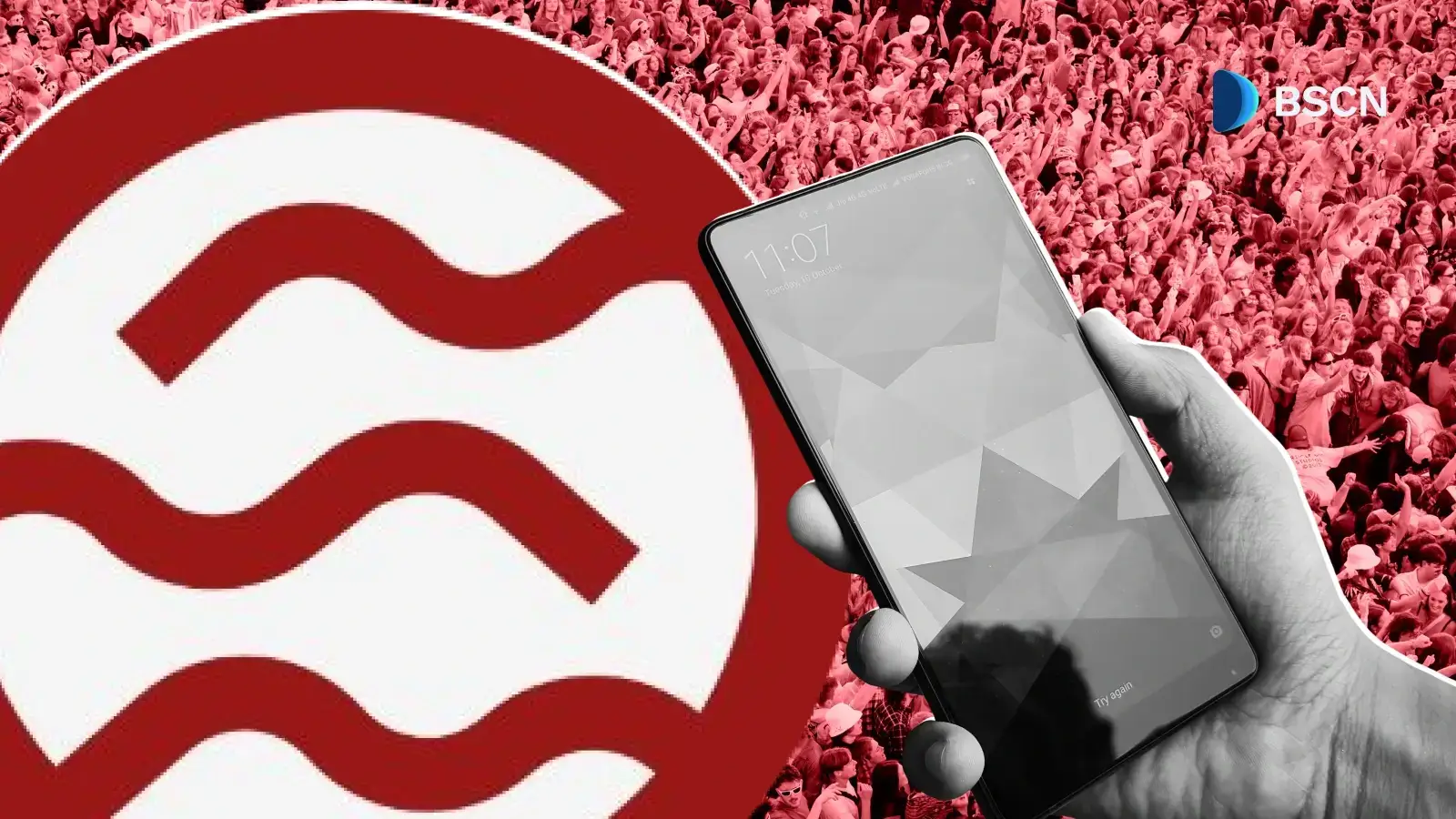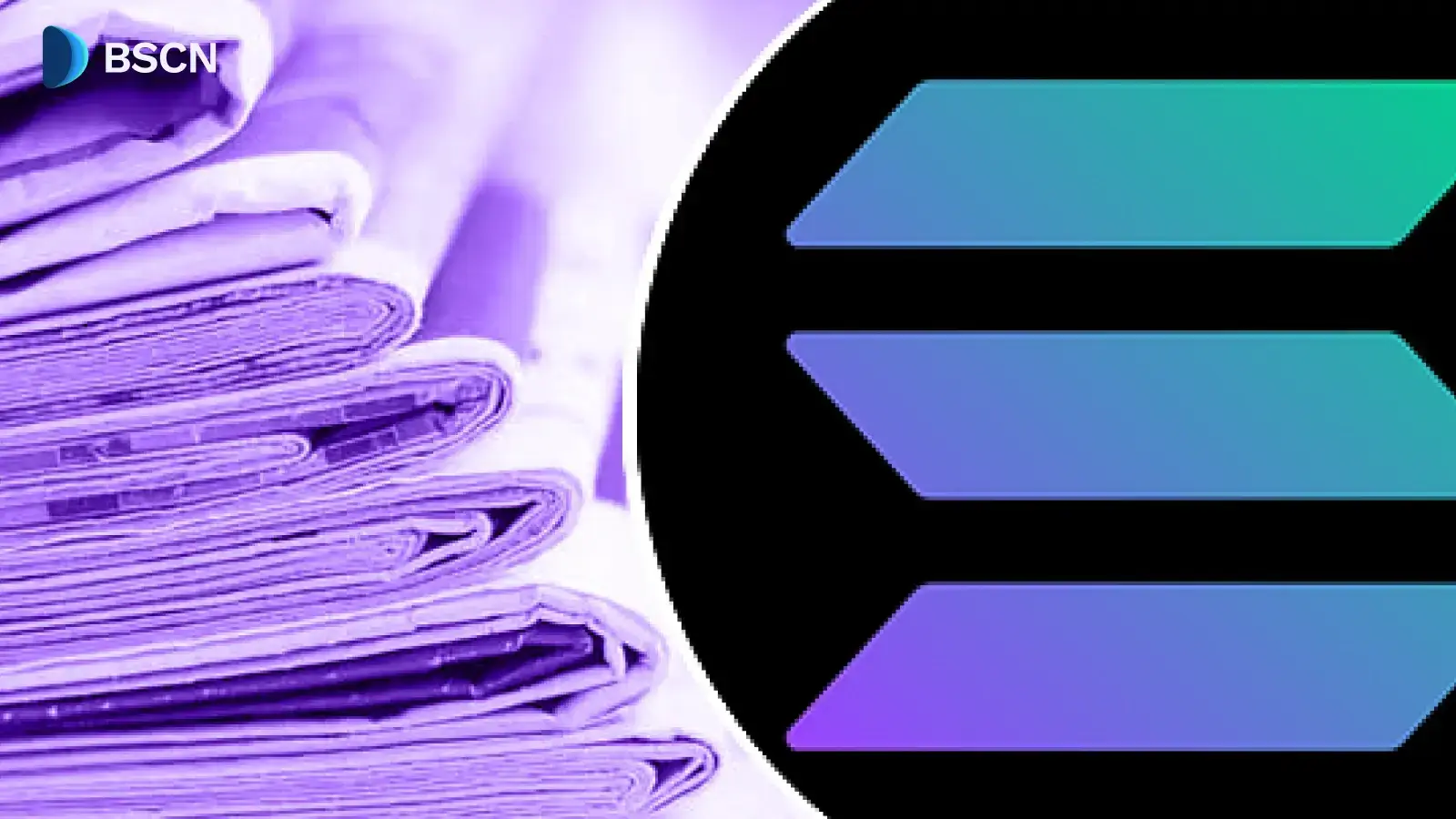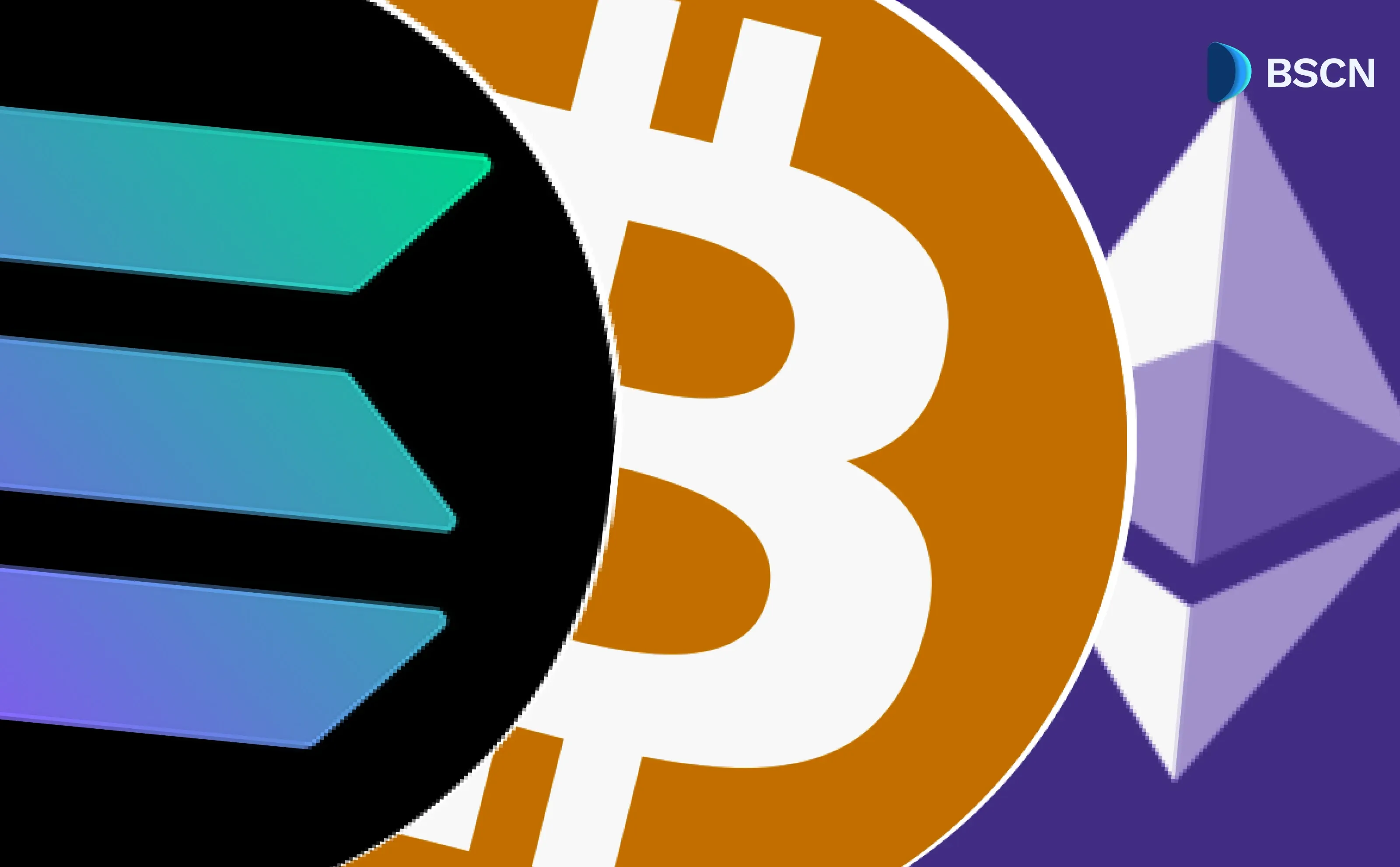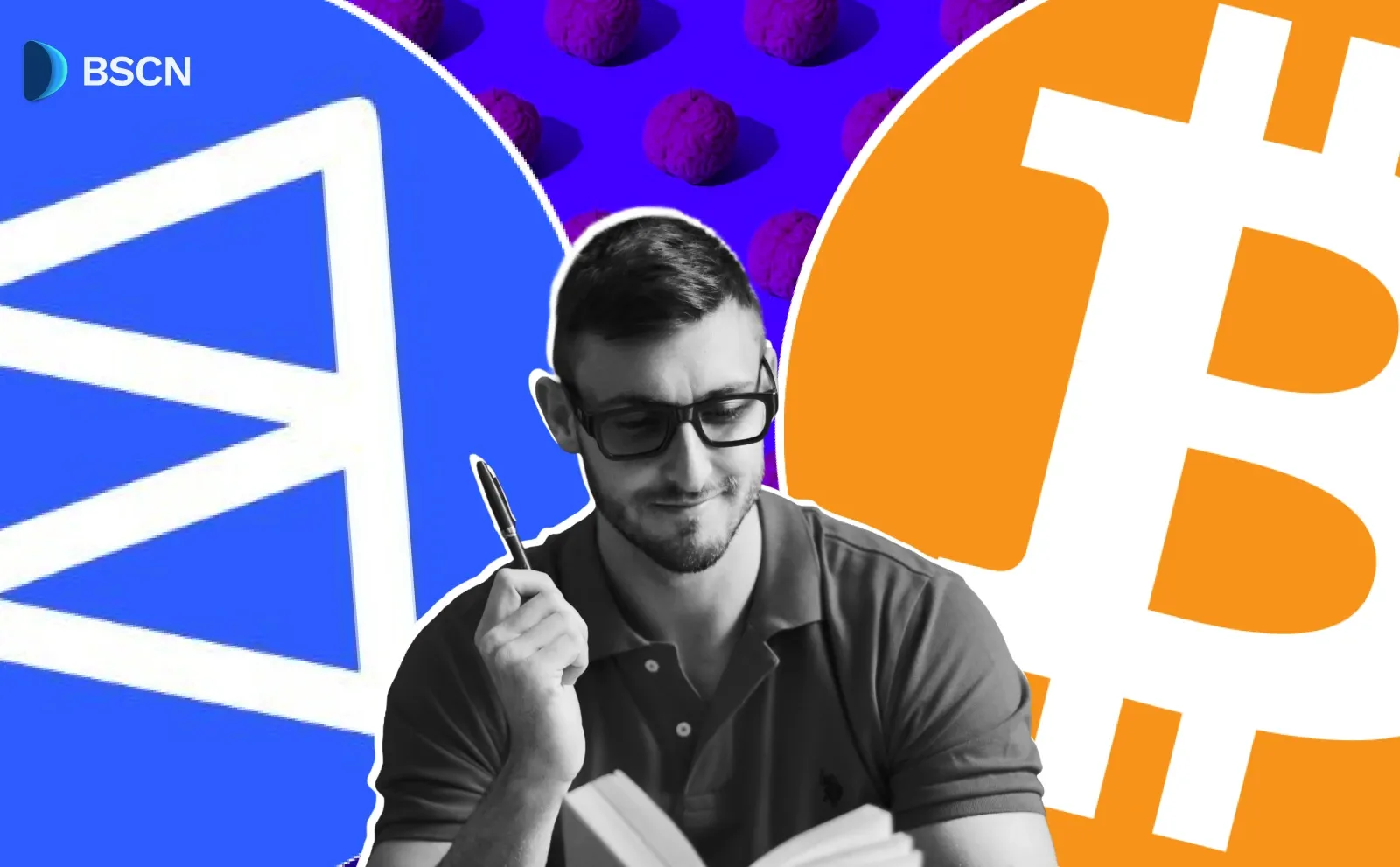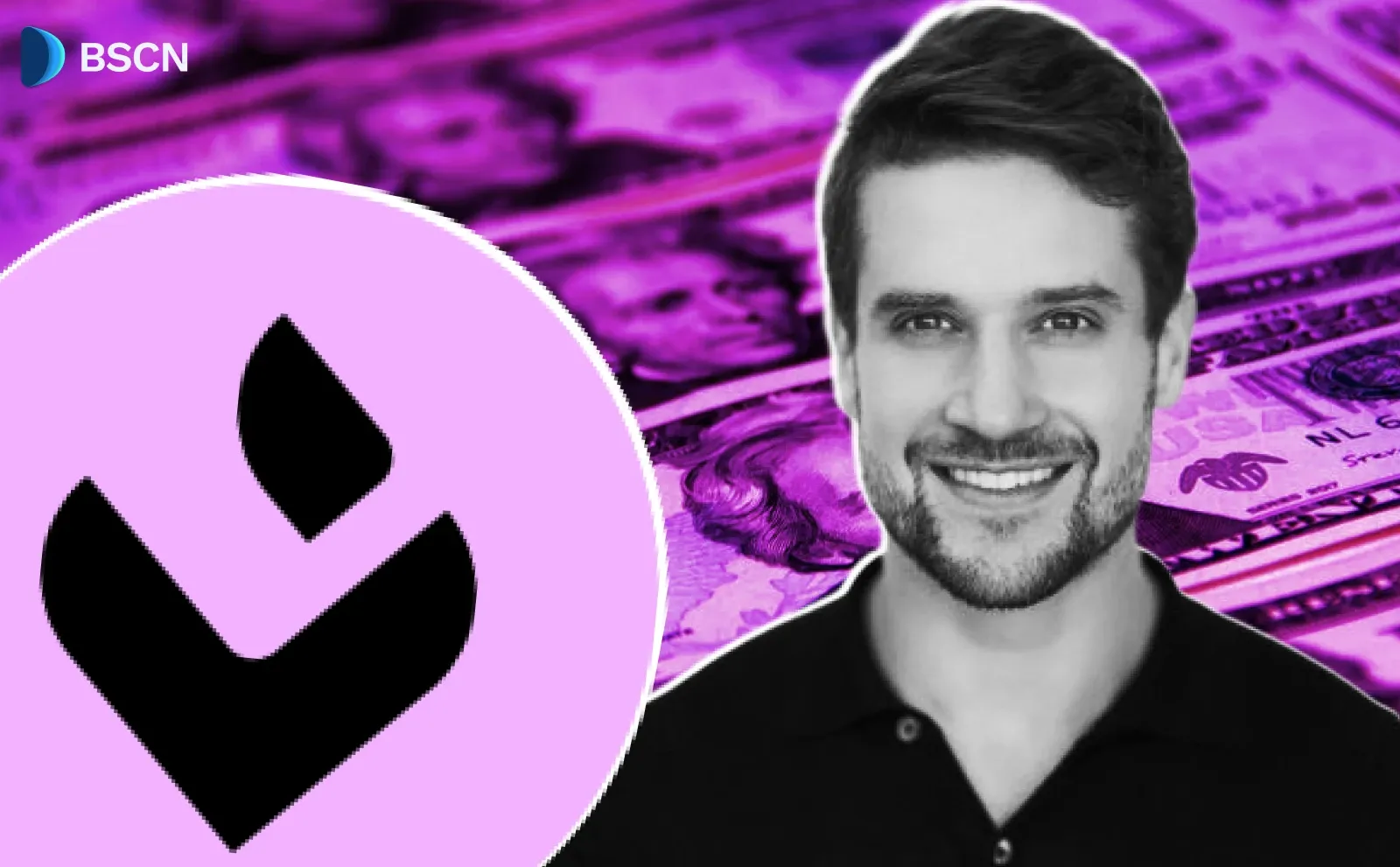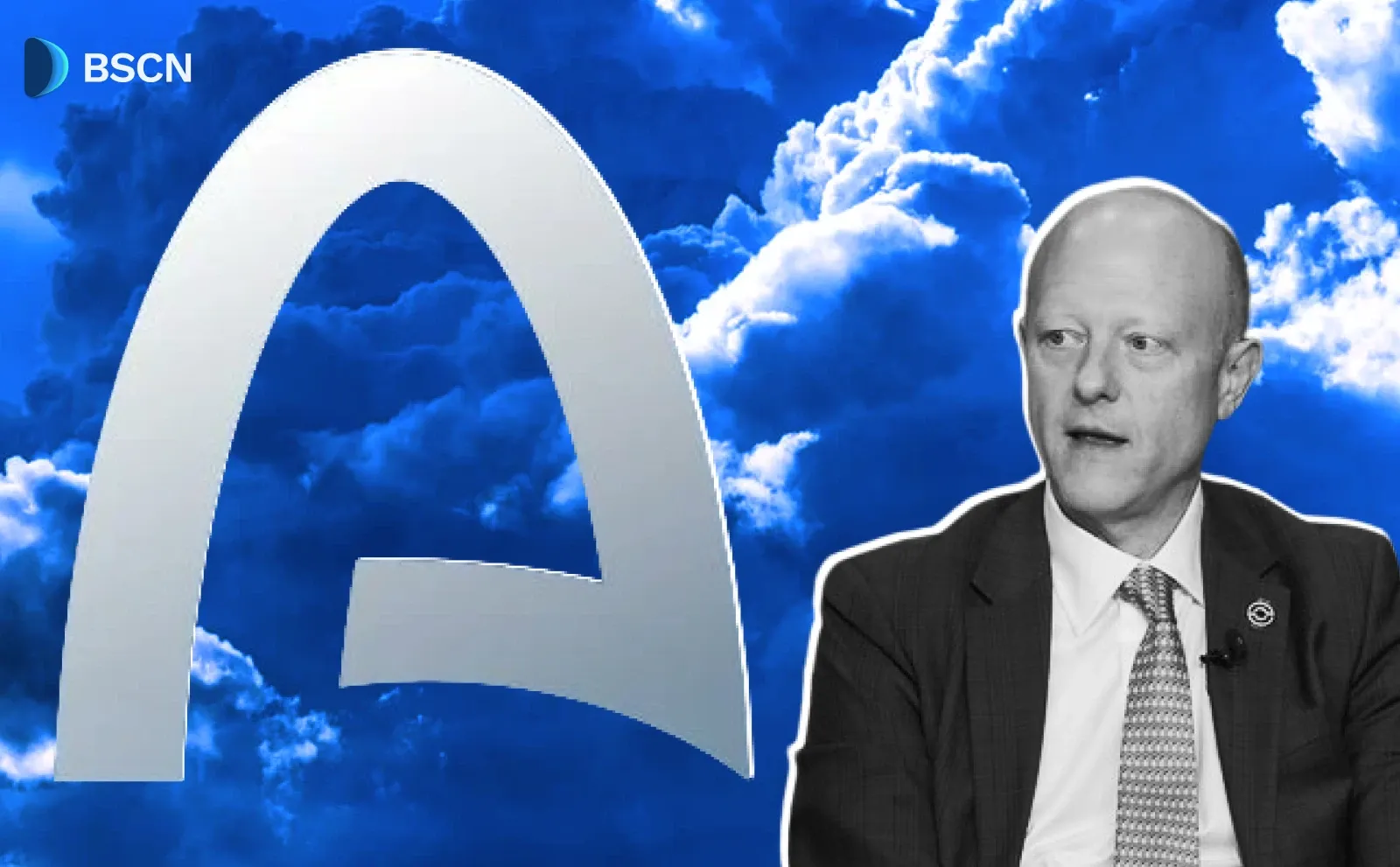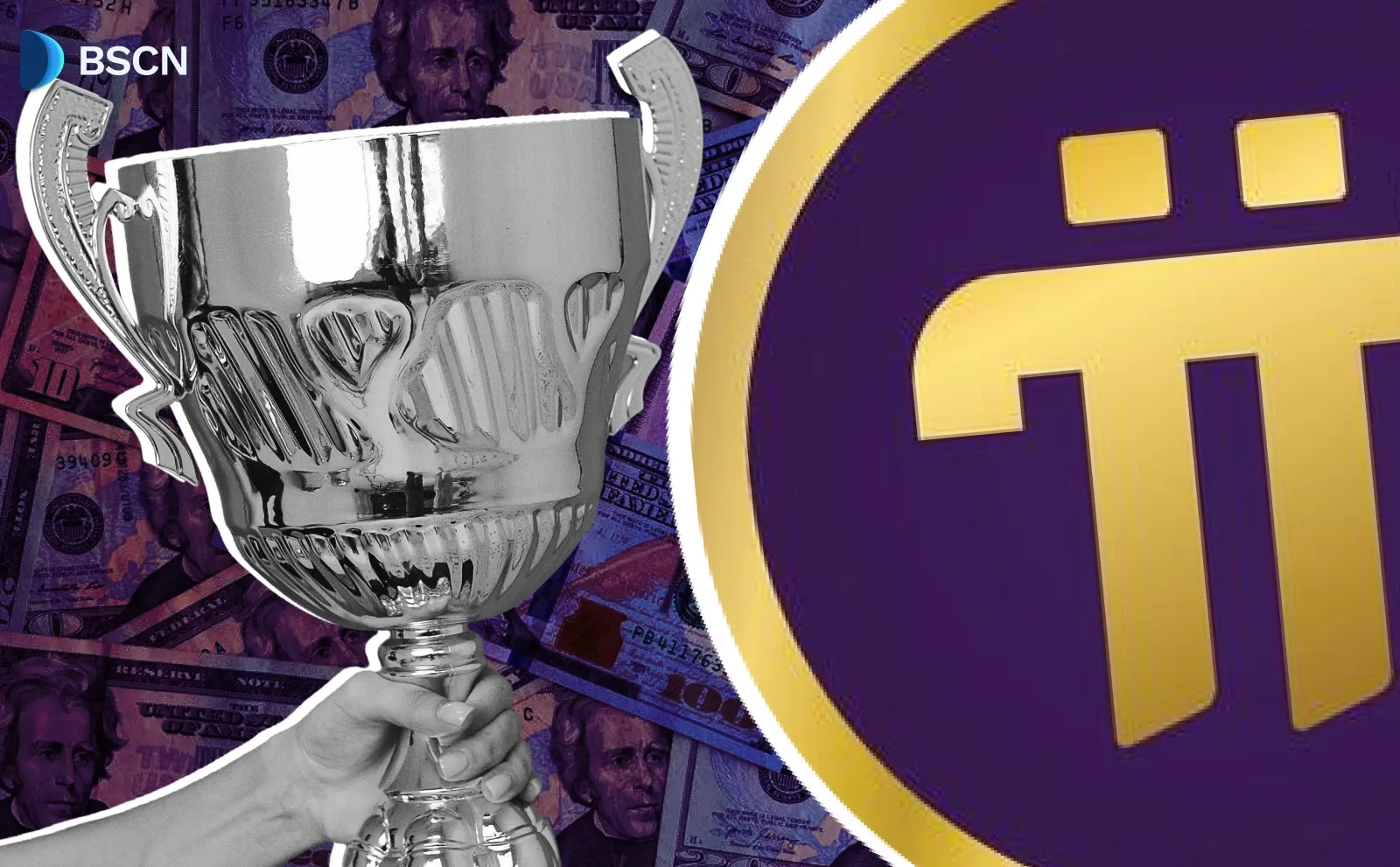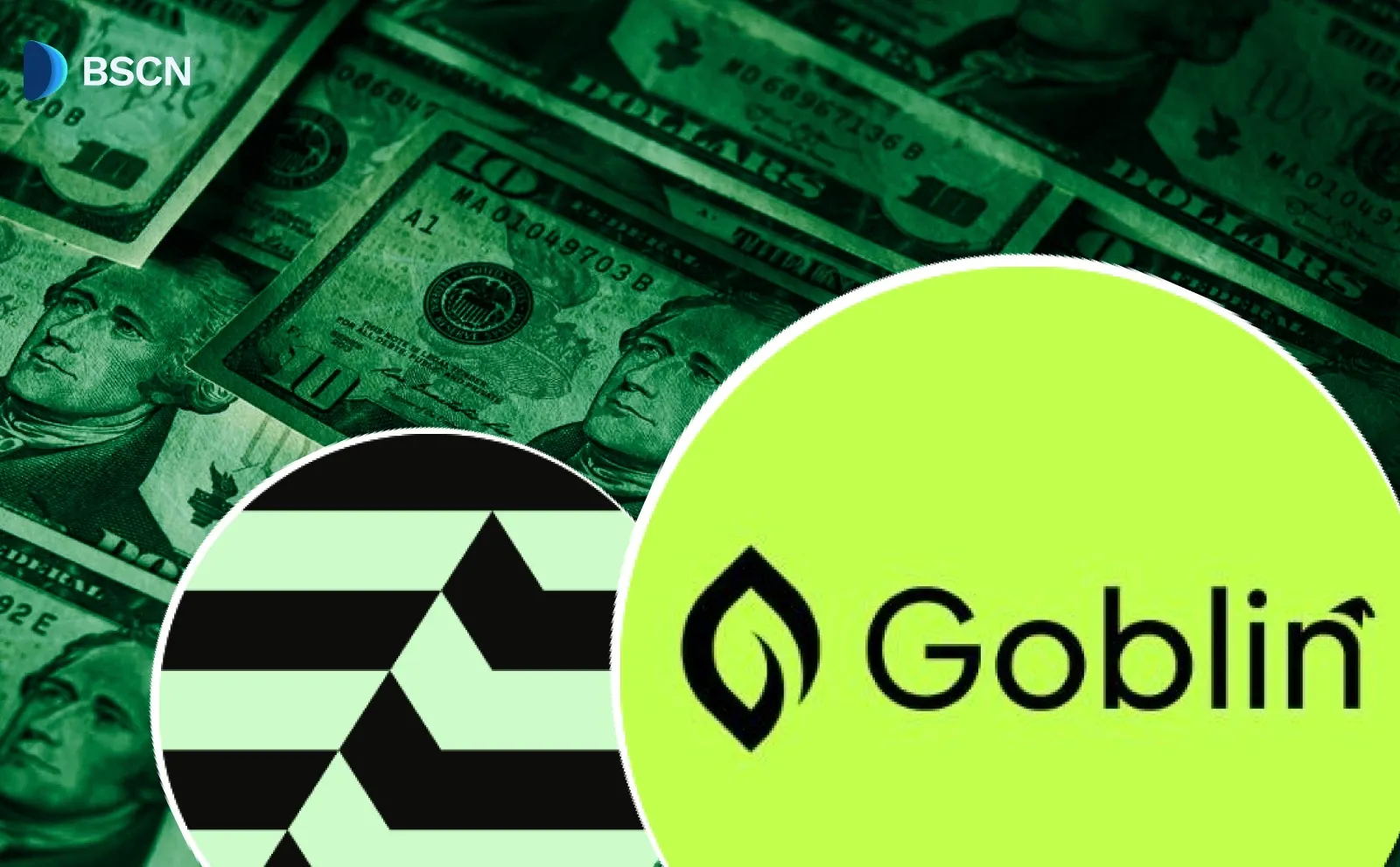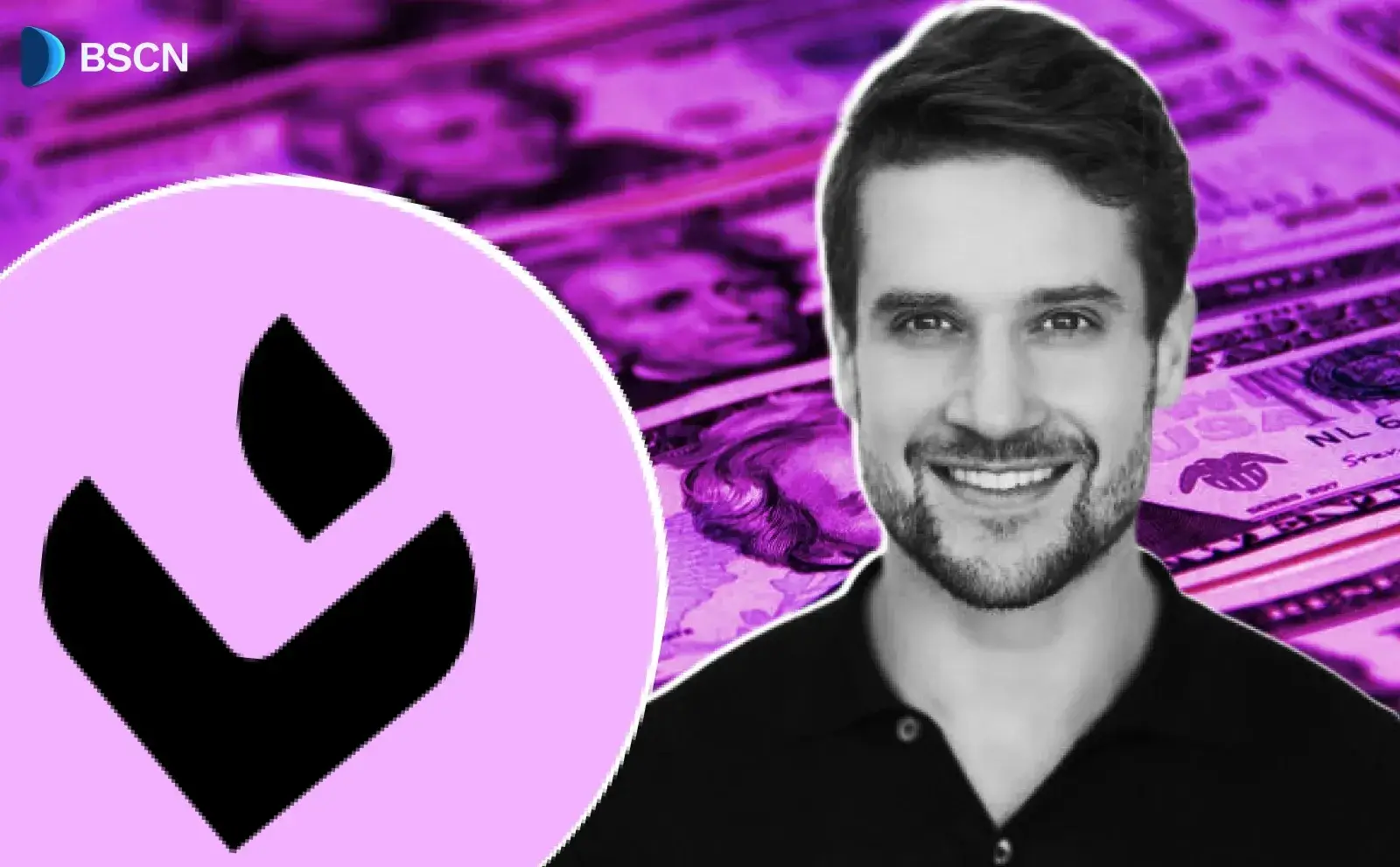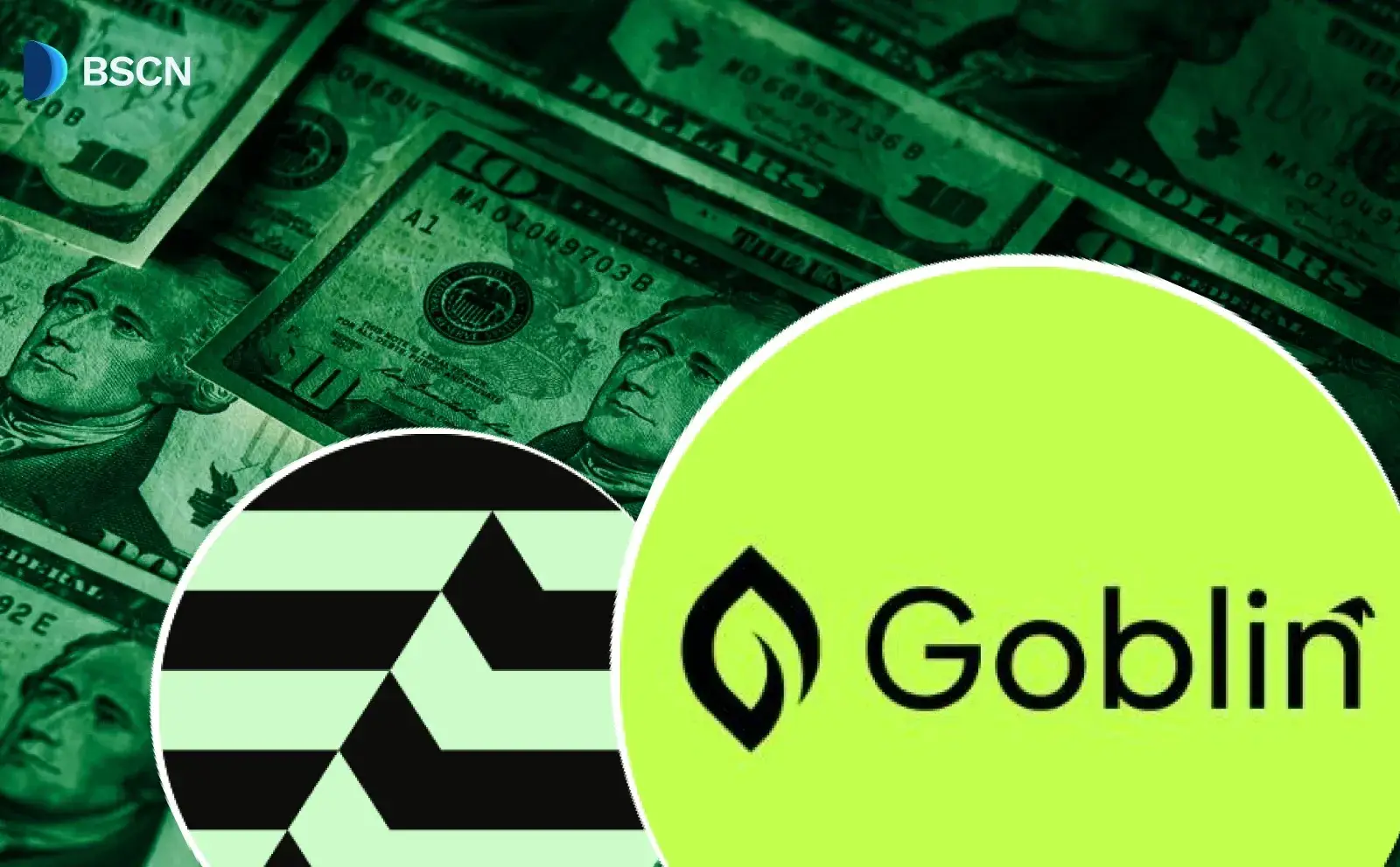News
(Advertisement)
Ethereum Recent Updates: A Look at Key Network, Market, & Ecosystem Changes

A clear and detailed breakdown of recent Ethereum updates, covering privacy tools, L2 launches, staking plans, ETFs, and new lending products.
Soumen Datta
November 24, 2025
(Advertisement)
Table of Contents
Ethereum has seen several important updates across its ecosystem in recent weeks. These updates span lending, privacy, layer 2 development, institutional products, staking plans, and ETF market activity. The main recent update is that Ethereum’s ecosystem is expanding on multiple fronts at the same time, including new lending tools on Base, a community-launched layer 2 chain, new derivatives listings, and a strong focus on onchain privacy.
What are the Most Important Ethereum Updates This Month?
Ethereum’s recent updates include new ETH-backed loans on Coinbase, the partial launch of the Aztec mainnet, new perpetual futures tied to ETH in Singapore, a new grants model from the Ethereum Foundation, the introduction of Kohaku privacy tools, and the announcement of a large ETH validator network by BitMine.
Ethereum’s market data this week also saw sharp price movement, ETF outflows, and changes in futures funding rates.
Coinbase Launches ETH-backed Loans for US Users
Coinbase has launched a lending product that lets users borrow USDC against their ETH without selling it. The product is available in most US states. New York is not included. The loans run through Morpho and are live on Base.
Customers can borrow up to 1 million USDC. Rates are variable. Liquidation depends on market conditions. Coinbase said it plans to support other forms of collateral later, including cbETH, which is the exchange’s staked ETH token.
If you believe in somΞTHing, this one's for you.
— Coinbase 🛡️ (@coinbase) November 20, 2025
ETH-backed loans are here.
You can borrow USDC against your Ethereum, unlocking liquidity without selling.
Available now in the U.S. (ex. NY). pic.twitter.com/eOvJ2BWPfr
Coinbase integrated Morpho into its app in September. That integration gave users the ability to earn up to 10.8 percent on USDC deposits. Morpho is a decentralized finance lending protocol that connects borrowers and lenders using algorithmic matching rather than a simple pooled model.
Onchain data from Dune shows that Coinbase’s onchain lending markets have processed over 1.28 billion dollars in loan originations with 1.29 billion dollars in deposited collateral, as of Nov. 24. About 810 million dollars in loans remain outstanding. More than 12,920 wallets currently hold active borrowing positions.
How is Ethereum’s L2 ecosystem changing?
Ethereum’s layer 2 ecosystem saw an important update with Aztec’s new mainnet launch. This is significant because Aztec is now one of the few fully decentralized networks with no central operator.
BREAKING: Aztec just shipped the Ignition Chain, the first fully decentralized L2 on Ethereum.
— Aztec (@aztecnetwork) November 19, 2025
This launches the decentralized consensus layer that powers the Aztec Network.https://t.co/nYyD7cykz2
🧵
Aztec Launches its Ignition Mainnet
Aztec launched its Ignition chain on November 19. This chain can produce blocks but cannot yet execute smart contracts. It is a partial mainnet release. The team released it without keeping control. This means Aztec does not run nodes, does not stake, and does not take part in governance for the next year.
This structure places Aztec in a small group of L2 systems with full decentralization. The only other example recognized at this level is Facet v1. Both operate without centralized training wheels.
Community-only Staking Begins
Staking for the AZTEC token is now live. Both investors and the development team are barred from staking during this early phase. The minimum stake is 200,000 AZTEC. This is about 6,000 dollars at current prices, although the community sale is ongoing and prices can change.
New ETH Perpetual Futures Arrive in Singapore
Singapore’s main derivatives exchange, SGX, announced it will list perpetual futures for Bitcoin and Ether. These contracts have no expiration date and allow accredited and expert investors to gain exposure to ETH prices through regulated financial products.
The launch was scheduled for November 24. SGX said it made the decision due to rising institutional interest in crypto markets. This is the second offering of this type in Singapore. EDXM International launched similar perpetual futures in July with 44 listed products.
Singapore has taken a careful regulatory approach. The Financial Services and Markets Act of 2022 expanded the Monetary Authority of Singapore’s authority over digital asset firms. The MAS also requires any Singapore-based company offering digital token services overseas to be licensed or stop operating. Violations can result in fines of 250,000 Singapore dollars and up to three years in prison.
These new ETH futures are part of the country’s slow expansion of regulated crypto instruments.
Ethereum Foundation Changes its Grants Program
The Ethereum Foundation has shifted its grants model. The previous open application process created a large workload and made it harder to focus funding on strategic needs. The new structure has two parts: a wishlist of focus areas and requests for proposals.
Under this system, grants will target specific work across the ecosystem rather than accepting open submissions. The Foundation said the earlier system supported hundreds of projects but no longer matched its resource capacity.
Kohaku Introduces New Privacy Tools for Ethereum Wallets
Vitalik Buterin demonstrated Kohaku at Devcon on November 17. Kohaku is a suite of tools that aims to give Ethereum users stronger privacy without depending on centralized services.
Ethereum has struggled with privacy because the base layer reveals account balances, transaction timing, spending history, and links between wallets. Kohaku addresses these issues at the wallet level.
How Kohaku Works
Kohaku is an open-source SDK that allows developers to build private wallets. It has a modular system so wallets can adopt privacy features in parts rather than as a single system. It is designed so that each party in a transaction only sees the minimum data needed for the transaction to work.
Key Parts of Kohaku
Kohaku includes several parts that work together:
- A light client system that verifies Ethereum data directly
- A reference wallet design
- Privacy protocols such as Railgun and Privacy Pools
These pieces allow transactions to be validated without exposing user data to centralized servers.
Light Clients and Privacy Pools
Light clients allow wallets to read the chain without using a centralized RPC endpoint. This removes a common source of data leakage.
Privacy Pools allow users to prove their funds do not come from illicit sources. They create privacy that can still meet compliance needs.
Railgun and Future Features
Railgun gives users encrypted balances and private transfers using zero-knowledge proofs. During a Devcon demo, a user shielded funds inside a Kohaku wallet to show how this works.
The roadmap also mentions early work on mixnets and zero-knowledge browsers. These would strengthen traffic-level privacy and private onchain interactions.
BitMine Plans a Large ETH Validator Network
BitMine said it plans to launch the Made in America Validator Network, or MAVAN. This network will allow the company to stake its ETH at scale. Staking supports Ethereum’s proof of stake system and pays out rewards in ETH.
BitMine is piloting the system with three staking infrastructure providers. The target launch window is the first quarter of 2026. The company is carrying unrealized losses of more than 3.7 billion dollars due to falling ETH prices. Research data used an ETH price of 3,023 dollars. ETH later dropped to about 2,700 dollars.
The company says MAVAN is part of its long-term plan to use its large ETH holdings for network participation and revenue generation.
Market activity: ETFs, Futures, and Liquidations
Between November 17 and November 21, Ethereum spot ETFs recorded $500 million in net outflows, according to SoSoValue data. These were both multi-week trends. SOL spot ETFs had 128 million dollars in net inflows.
ETH dropped 15 percent between Wednesday and Friday. Long positions worth 460 million dollars were liquidated. Despite this, data shows that some top traders are adding long exposure. Futures funding rates rose from four percent to six percent. This may signal early stabilization, although buying pressure is still weak.
Conclusion
Ethereum’s recent updates touch nearly every part of its ecosystem. Coinbase’s ETH-backed loans expand lending options. Aztec strengthens the decentralized L2 landscape. SGX futures add new institutional access points. The Ethereum Foundation’s grants model aims for more focused funding. Kohaku gives developers tools to build private wallets. BitMine’s validator plans show continued interest in large scale ETH staking. Market data provides context for the network’s economic activity.
Together, these developments show a network with expanding tools, clearer regulatory pathways, and ongoing work in privacy and scaling.
Resources:
Press release from BitMine Immersion Technologies, Inc.: BitMine Immersion (BMNR) Reports FY25 GAAP EPS of $13.39; 'Made-in-America Validator Network' Ethereum Staking to Commence in Early 2026; Declares Annual Dividend of $0.01, the first large-cap crypto company to pay a dividend
Onchain data from Dune Analytics: Coinbase Onchain Loans
SGX announcement: SGX Crypto Perpetual Futures
Github.com: About Kohaku
Aztec on X: Announcement on Nov. 20
Read Next...
Frequently Asked Questions
What is the main recent Ethereum update?
The main recent update is the launch of ETH-backed loans on Coinbase, which lets users borrow USDC without selling their ETH.
What is Kohaku in the Ethereum ecosystem?
Kohaku is a privacy toolset that helps developers build wallets with private transactions, light client verification, and support for protocols like Railgun and Privacy Pools.
What is the Aztec Ignition mainnet?
Aztec Ignition is a partially live mainnet that produces blocks without a smart contract layer. It is one of the few fully decentralized Ethereum layer 2 systems.
Disclaimer
Disclaimer: The views expressed in this article do not necessarily represent the views of BSCN. The information provided in this article is for educational and entertainment purposes only and should not be construed as investment advice, or advice of any kind. BSCN assumes no responsibility for any investment decisions made based on the information provided in this article. If you believe that the article should be amended, please reach out to the BSCN team by emailing [email protected].
Author
 Soumen Datta
Soumen DattaSoumen has been a crypto researcher since 2020 and holds a master’s in Physics. His writing and research has been published by publications such as CryptoSlate and DailyCoin, as well as BSCN. His areas of focus include Bitcoin, DeFi, and high-potential altcoins like Ethereum, Solana, XRP, and Chainlink. He combines analytical depth with journalistic clarity to deliver insights for both newcomers and seasoned crypto readers.
(Advertisement)
Latest News
(Advertisement)
Crypto Project & Token Reviews
Project & Token Reviews
Comprehensive reviews of crypto's most interesting projects and assets
Learn about the hottest projects & tokens



